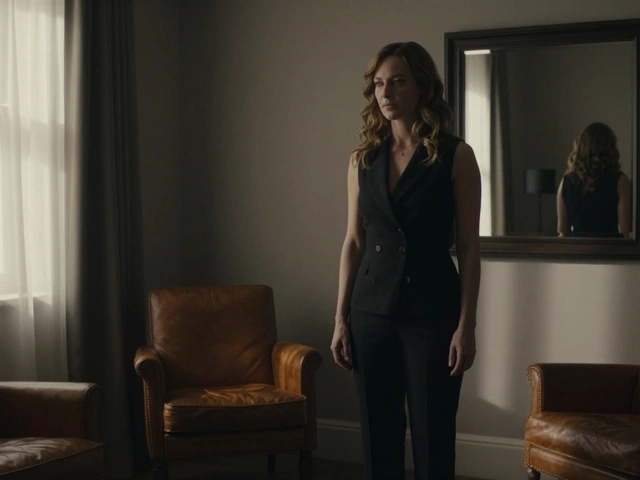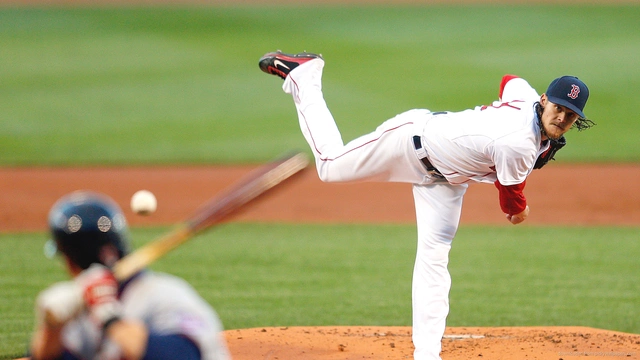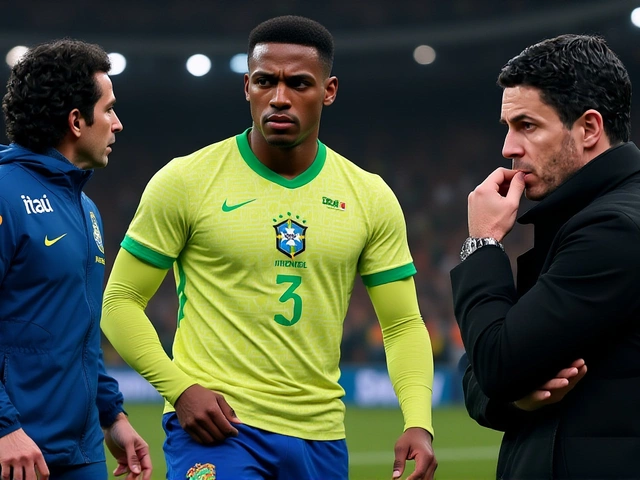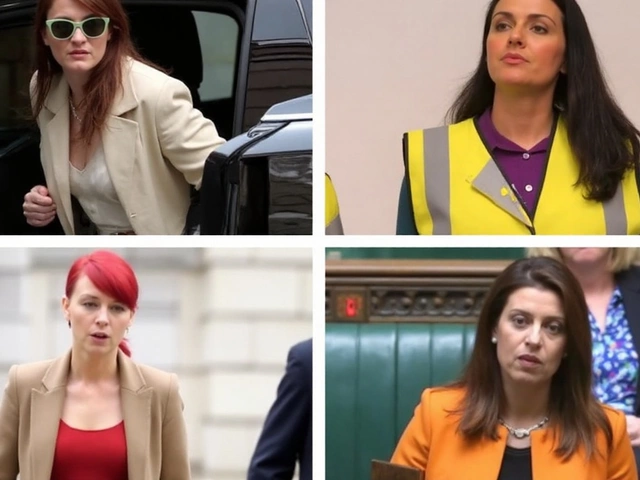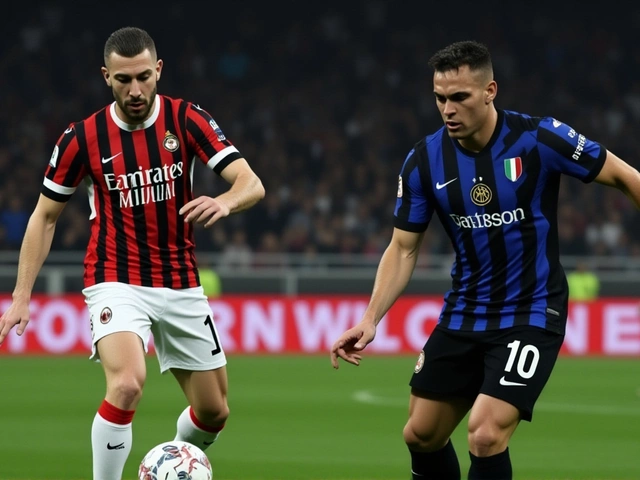Baseball: Skills, Training and the Latest News
If you’re curious about baseball but don’t know where to start, you’re in the right spot. We break down the basics, share easy drills, and keep you posted on the biggest headlines – all without the jargon. Whether you’re a kid in the backyard, a high‑school player, or a parent looking to help a youngster improve, you’ll find practical advice you can use right away.
Quick‑Start Training Tips for Any Level
First thing’s first: get comfortable with the core movements. Grip the bat with your knuckles aligned, stance a few inches wide, and keep your eyes on the pitcher’s release point. A simple drill that works wonders is the “soft toss.” Stand about ten feet away and have a partner toss the ball underhand. Focus on a smooth swing, finish with your hands high, and watch your contact improve within a few sessions.
Fielding is often the trickier part for newcomers. Start with the “ground ball ladder.” Place cones in a line, roll the ball to each cone, and practice moving your feet quickly to get into a low, balanced position. The goal is to make the ball look like it’s stuck to your glove – that feeling of control translates to real game situations. Spend ten minutes a day on this drill and you’ll notice a faster reaction time on the field.
Pitching can feel intimidating, but breaking it down helps. Work on your “balance point” first: stand on a balance board or a pillow, then simulate a pitch motion without the ball. When you feel stable, add a light rubber ball and focus on a smooth release, not speed. Consistency beats power at the early stage, so keep the motion repeatable and watch your velocity climb naturally.
What’s Happening in Baseball Right Now?
Staying updated on the sport doesn’t have to mean scrolling endless feeds. A quick daily glance at the major league scoreboard tells you who’s hot, who’s struggling, and which teams are in playoff mode. Right now, the league’s seeing a surge in home runs, thanks to a combination of launch angle analytics and stronger bats. That trend is pushing coaches to emphasize defensive positioning – a perfect excuse to brush up on your infield drills.
On the international stage, the World Baseball Classic is gearing up for another exciting tournament. Young players from around the globe are getting a taste of high‑level competition, and many scouts are watching for the next breakout star. If you’re eyeing a scholarship or a spot on a travel team, following these games gives you insight into the skills scouts value most: quick hands, strong arms, and baseball IQ.
Finally, a lot of talk is happening about youth safety and equipment. New helmets with better impact absorption are rolling out, and many leagues are mandating them for players of all ages. Investing in proper gear not only protects you but also boosts confidence – a calm player swings better.
Bottom line: baseball is as much about smart practice as it is about raw talent. Use the drills above, keep an eye on the news, and you’ll see steady progress. Got a specific question or need a custom workout plan? Drop a comment – we’re here to help you hit that next level.
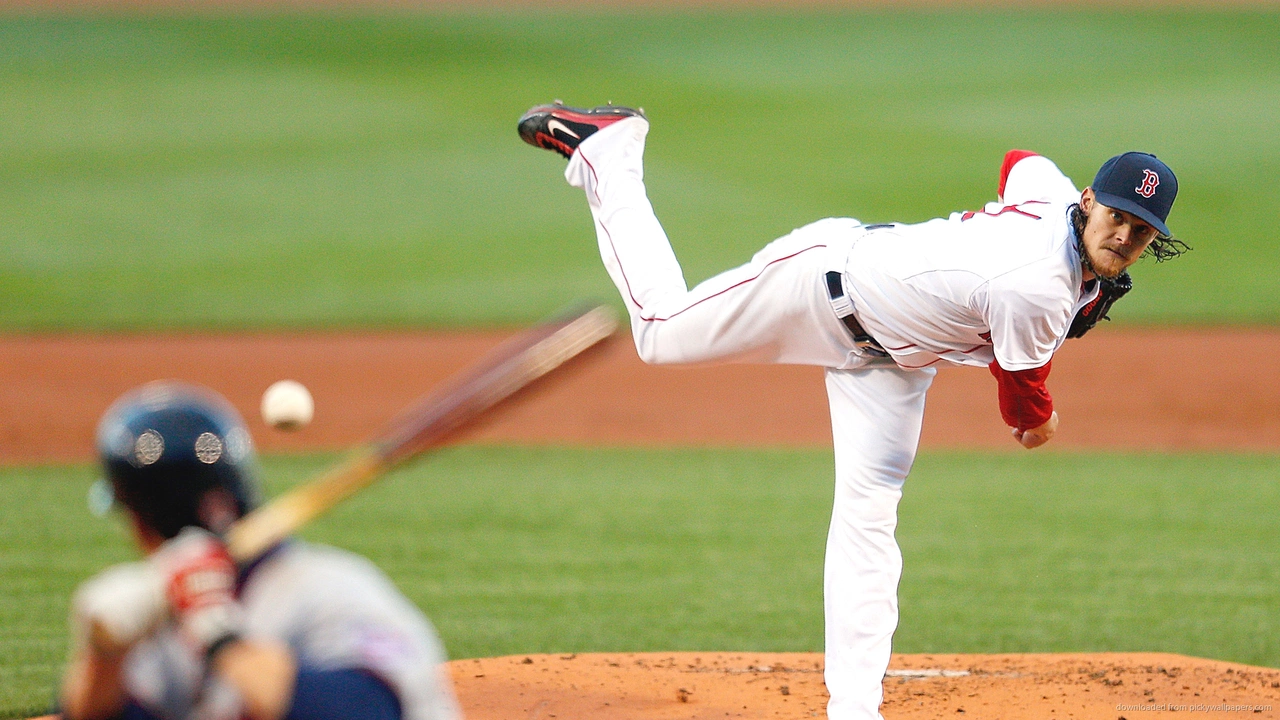
As a sports enthusiast, I often find myself torn between choosing to play baseball or soccer. Both games offer unique benefits and challenges that appeal to different players. Personally, I lean towards soccer as it is a fast-paced game that allows me to improve my stamina and teamwork skills. However, baseball also has its merits, as it helps me develop my hand-eye coordination and strategic thinking. Ultimately, the choice between baseball and soccer depends on individual preferences and what aspects of a sport one enjoys the most. (Read More)
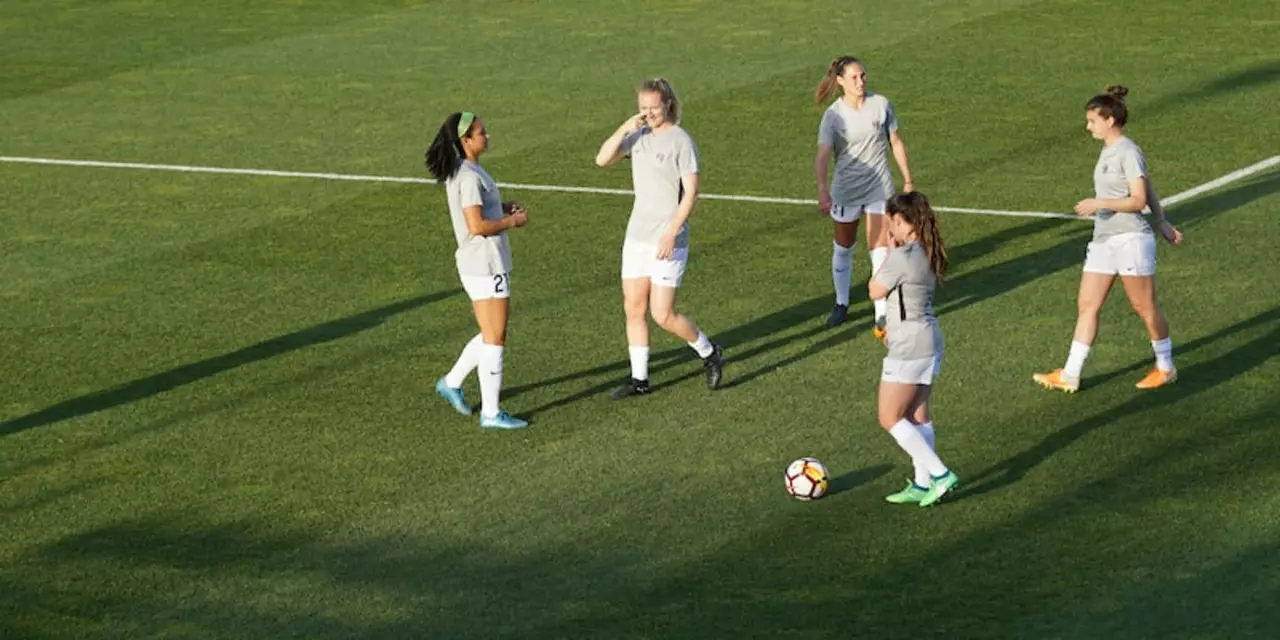
This article explores the question of whether a person can use baseball cleats for soccer when playing goalkeeper. The answer is generally no, as the cleats are designed for a different type of surface, and the studs on the bottom of the cleats are different. Baseball cleats are designed to provide traction on grass and dirt, while soccer cleats are designed to provide traction on artificial turf or grass. Additionally, the studs on the bottom of baseball cleats are generally too long and stiff for soccer, while soccer cleats have shorter and softer studs. In conclusion, it is not recommended to use baseball cleats for soccer as a goalkeeper. (Read More)

